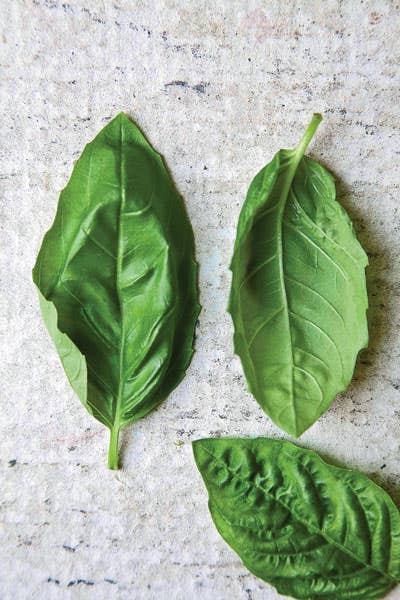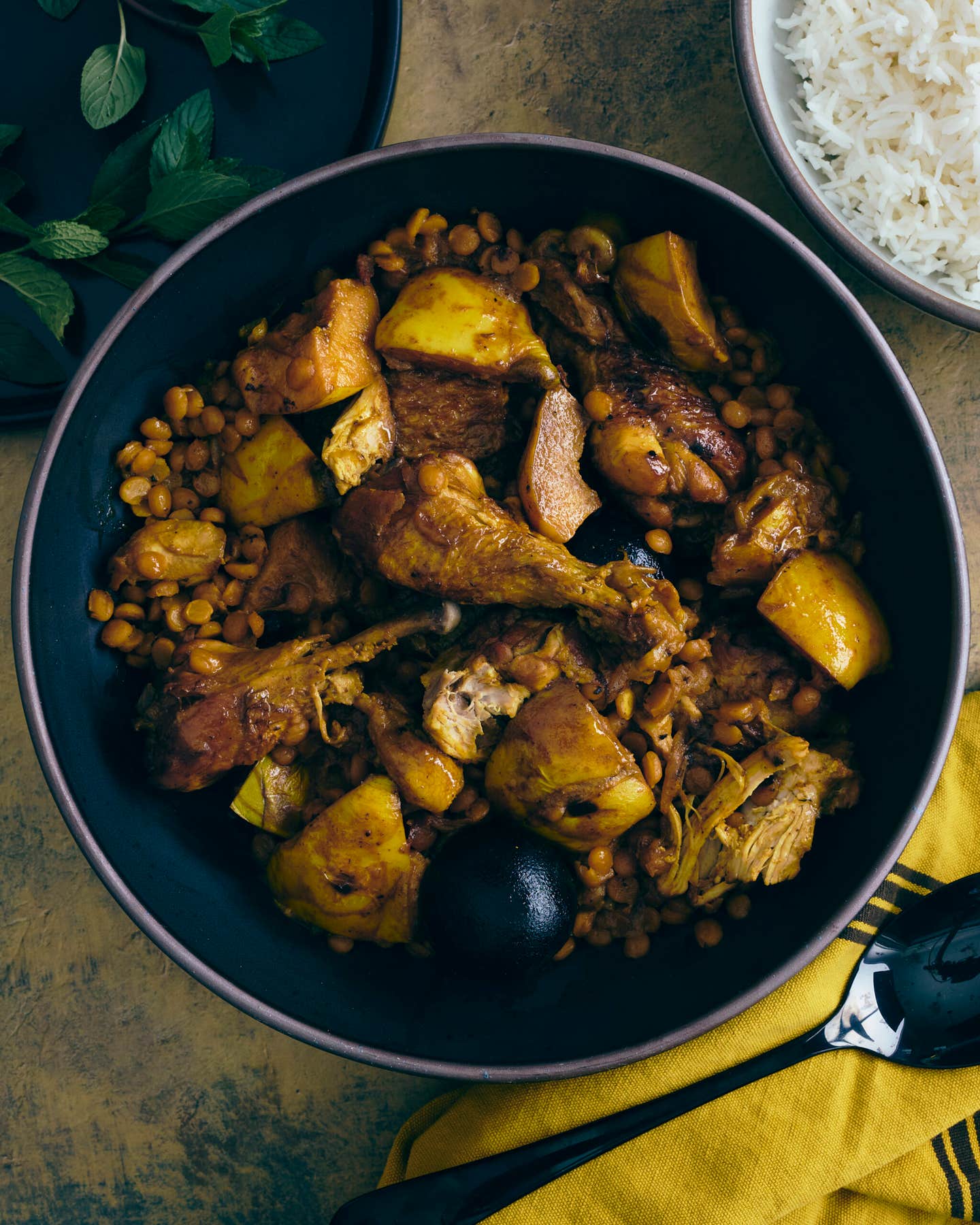
Grow Your Own
It can be difficult to find young, tender Genoa-style basil in American markets. And while the more mature basil that's sold in the United States makes great pesto, the sauce won't have the delicate flavor and light green color you find in Liguria. But the good news is, it's easy to grow your own: Even if you don't have a patch of earth, you can do as the urban Genoese do and grow the herb in flowerpots on your window sill or terrace. There are a few rules I've learned from pesto expert Sergio Rossi that have proven successful in my New Jersey garden. First, get the right seeds: Botanically speaking, Genoa-style basil falls under the category of Ocimum basilicum, or sweet basil. I order from the company Seeds of Italy, which is the U.S. distributor for Franchi Sementi Spa., Italy's oldest seed company, family-run since 1783; order the basilico genovese or piccolo verde varieties, both of which produce fragrant, fantastic basil for pesto. The second thing you have to know is that basil loves heat; don't plant it until the nights are warm (no lower than 60 to 65 degrees Farenheit). You also need nutrient-rich soil for basil; mixing in some compost or manure does the trick. Do not seed your basil in rows; rather, sprinkle seeds the way you would sprinkle salt on a dish, covering your area as evenly as possible to grow a carpet of basil, with at least one seed for each square inch. Cover the seeds with one-eighth inch of soil, and pat the soil down lightly. Cover the area gently with white garden fabric until the seeds sprout. To maintain heat, you can use a plastic garden tunnel over the leaves, and in climates that have strong sun, use a shade cloth over that to protect the delicate plants. Keep the soil moist. Your basil should be ready in around 30 days. When a plant has sprouted four to eight concave leaves, each about the size of the head of a teaspoon, pull out the plant, roots and all, but use only the leaves for making pesto. Harvest cyclically, keeping a few patches growing at a time.
Keep Reading
Continue to Next Story










